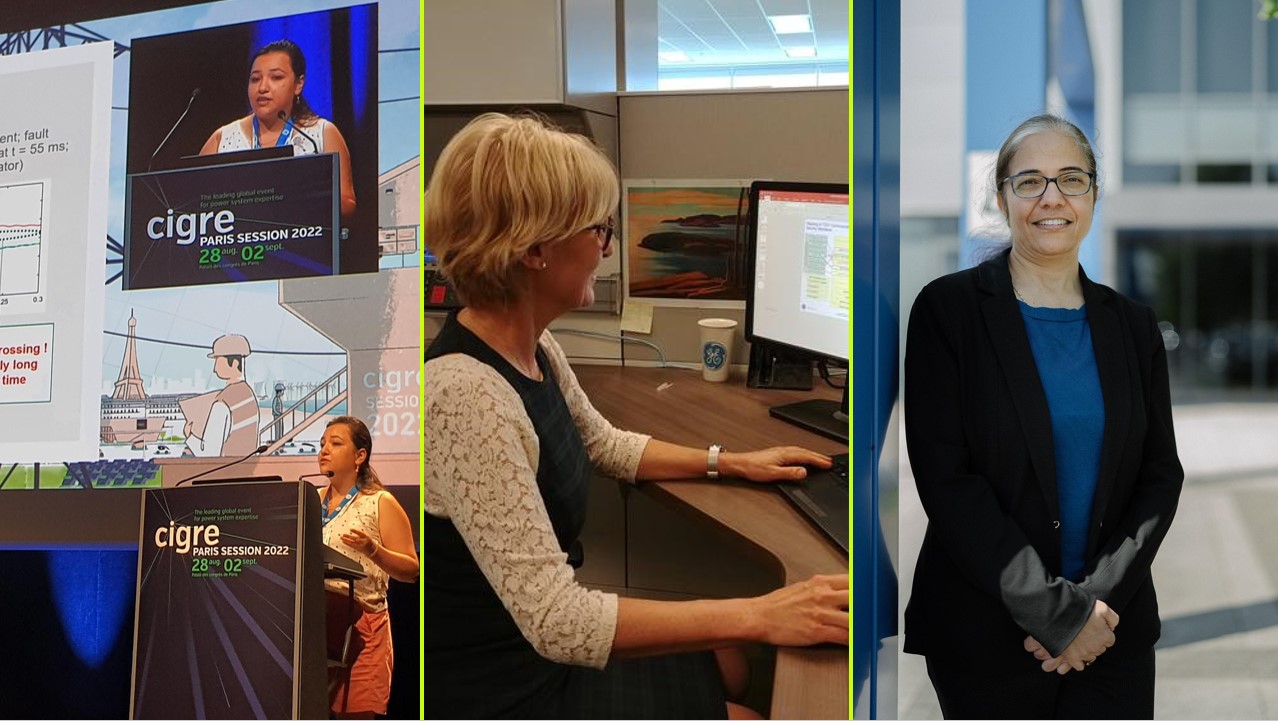GE introduces SF₆ and g³ compatible dual gas-insulated lines (GIL)

- GE’s dual gas GIL helps high voltage grid operators prepare substations for a future SF₆ ban
- A single GIL design ensuring same performance for both SF₆ and g³ gas
- GE’s dual gas GIL embed at least 15% less SF₆ or g³ gas mass than previous versions
Thanks to their high transmission capacities and reliability, gas-insulated lines and busbars (GIL and GIB, respectively), have been in use for over half a century in power plants and in high voltage substations. They protect the conductor in a hermetically sealed envelope and are an alternative to cables or overhead lines in a growing number of applications.
The insulating gas commonly used in GIL is sulfur hexafluoride or SF₆. Because of its outstanding dielectric and physical properties, this SF₆ gas has become the norm over the last 50 years. However, SF₆ was identified as a very potent greenhouse gas, being 25,200 times more potent than CO₂ and lasting over 3,200 years if released in the atmosphere. Due to its potential environmental impact, SF₆ was listed on the Kyoto Protocol since 1997 and is appealed to be banned in the next decade.
Until now, it seemed difficult to replace SF₆ in existing lines without a drastic adaptation of the GIL. That’s why GE has optimized its GIL design so that it can be used with SF₆ as well as with its g³ insulating and switching gas which has a 99% reduced carbon impact compared to SF₆. This dual gas GIL gives transmission system operators (TSO) the choice to install GE’s SF₆-free g³ GIL today or to prepare their new high voltage substations for a replacement of the SF₆ gas with GE’s g³ gas later.
GE’s dual gas GIL has been optimized to work with SF₆ as well as with g³ with the same performance. That’s why it is easy to replace the SF₆ gas by g³ with a simple adaptation kit comprising filling valves, molecular sieves and the g³ gas. If the gas monitoring system is a conventional one, it will need to be replaced by a digital one such as GE’s BWatch. If the BWatch monitoring device is already installed, the operator only needs to select g³ on the BWatch.
Due to the optimization of the GIL design, the amount of gas (SF₆ or g³) in the GIL is reduced by at least 15% compared with the previous version.
Related Press Releases

Grid Solutions recognizes International Women’s Day
To celebrate International Women’s Day, we are s...

Urban Forest honors Patent and Engineering & Technology Award winners
Every year, GE Vernova’s Grid Solutions business...

The EU supports GE Vernova’s project by co-funding the development of a retrofitting solution to remove SF₆ from older 420 kV gas-insulated substations
The European Commission’s LIFE program, the Euro...
